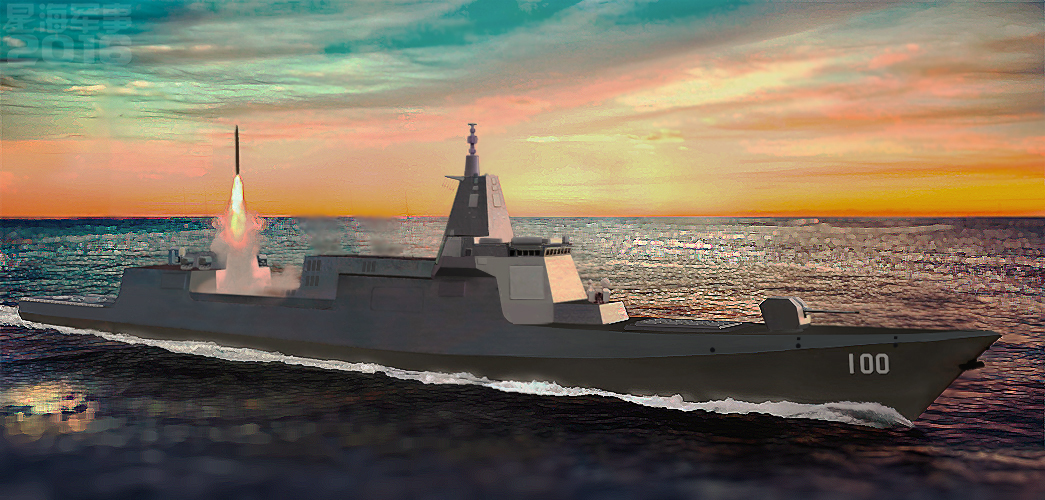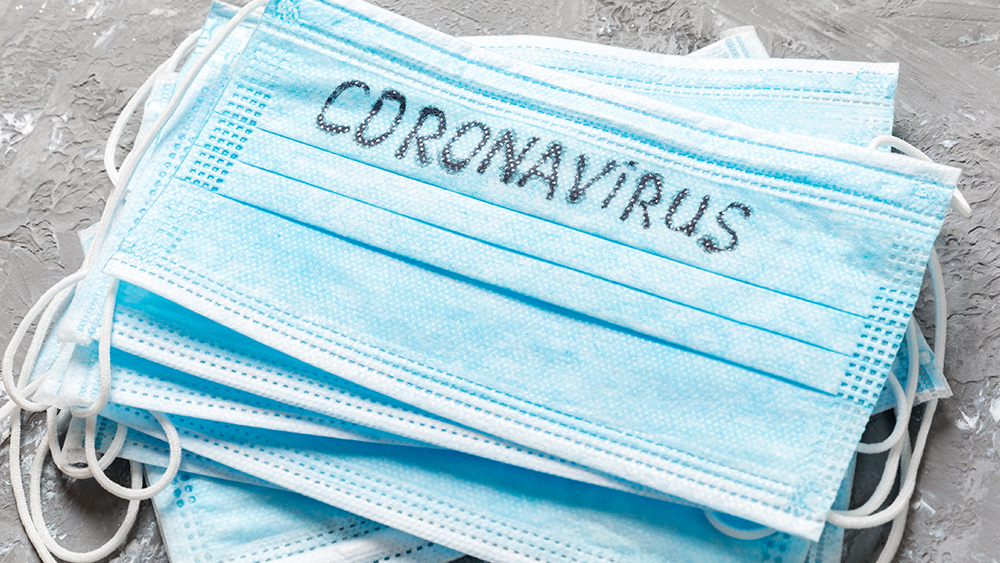
Advertisement
China’s rapid naval modernization from a largely coastal “brown water” force into a “blue water” fleet capable of projecting power far beyond its shorelines is continuing apace, with the launch of a large new class of destroyer in recent days.
As reported by the UK’s Daily Mail and The Associated Press, the 10,000-ton Type-055 warship is the largest destroyer class in the Chinese navy, and meant to compete with U.S. and Japanese ships. The People’s Liberation Army Navy (PLAN) said the warship, which was built and launched at Shanghai’s Jiangnan Shipyard June 28, is equipped with the latest anti-air, anti-ship, anti-submarine defensive systems.
“The launch of this ship signifies that our nation’s development of destroyers has reached a new stage,” said the PLAN in a statement.
The ship will now undergo months of sea trials.
In 2016, according to Chinese media, the PLAN commissioned 18 new ships that included destroyers, corvettes and guided-missile frigates. PLAN envisions a 265-273-ship fleet that includes surface vessels and submarines by 2020. (RELATED: China developing massive “submersible arsenal ship” capable of raining hundreds of guided missiles on targets)
By comparison, the U.S. Navy has about 430 ships in active service and in reserve as of 2015; about 272 ships are in active service, and that figure shrank dramatically during the Obama administration.
President Donald J. Trump has said he wants to build a 350-ship active duty fleet, which is about the size it was in the late 1990s.

In April, China launched its first domestically-built aircraft carrier, which was based on an earlier Ukrainian design. These vessels are considerably smaller than Nimitz- and Ford-class supercarriers belonging to the U.S. Navy, but they nevertheless are signs that China’s naval power is growing.
The PLAN’s naval buildup comes as Beijing expands its reach far into the South China Sea, reclaiming and building islands and then fortifying them with anti-ship and anti-aircraft systems. The buildup has unnerved China’s neighbors, and has put Beijing at odds with Washington.
As for the Type 055, many analysts are impressed both with its design and its capabilities. One assessment by The Drive described the super-destroyer as “a reality check” for the U.S. and its regional allies:
The truth is, the Type 055 is the J-20 stealth fighter/interceptor of the high-seas, and it not only is a showcase of China’s rapidly evolving surface warfare and weapons development capabilities, but also a sign of what Beijing’s overall maritime strategy will be in the not so distant future.
Because of its large size, the Type 055 could almost be as easily described as a cruiser — a cross between the U.S. Navy’s Ticonderoga class and Zumwalt class ships. At 590 feet long and a displacement of between 10,000 and 12,000 tons, it is 81 feet longer and displaces nearly 2,500 tons more than American Arleigh Burke class destroyers. (Read more about American defense at NationalSecurity.news).
Also, it features Ticonderoga class-type offensive capabilities, such as a 128-tube vertical launch system (the Arleigh Burke class features just 96).
So, which warship would win in a confrontation — the Type 055 or the new Zumwalt class ships, which are 600 feet long and displace 14,500 tons? War is Boring examined that very scenario:
The Type 055 boasts a fairly traditional hull-form and superstructure, with only modest attempts to reduce radar-signature by way of an enclosed forward deck, an angular front superstructure and an enclosed main mast.
By contrast, Zumwalt is stealthy from the keel up, with a distinctive downward-sloping “tumblehome” hull and fully enclosed sensors and gun turrets. Arguably, Zumwalt and her sisters have greater need of stealth, as they could sail alone and close to enemy shores.
While the Type 055s are most likely going to be used to escort Chinese carriers, the Zumwalt class ships are most likely going to be used close to enemy shores, where they can evade radar and shower targets with a variety of weapons.
Advantage: Zumwalt.
J.D. Heyes is a senior writer for NaturalNews.com and NewsTarget.com, as well as editor of The National Sentinel.
Sources include:
Submit a correction >>
This article may contain statements that reflect the opinion of the author
Advertisement
Advertisements















